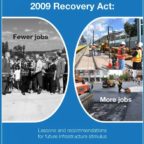
The United States now needs another stimulus. A COVID-19 recession is all but certain. Additional spending will almost certainly follow the CARES Act approved by Congress in late March. While there are enormous needs for relief and support all across the economy, the president and many congressional leaders have indicated that they want infrastructure to be a major part of some future stimulus bill. If Congress wants to use infrastructure spending to create jobs and support recovery, we should learn from the previous stimulus.
View this complete post...











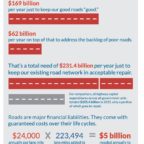

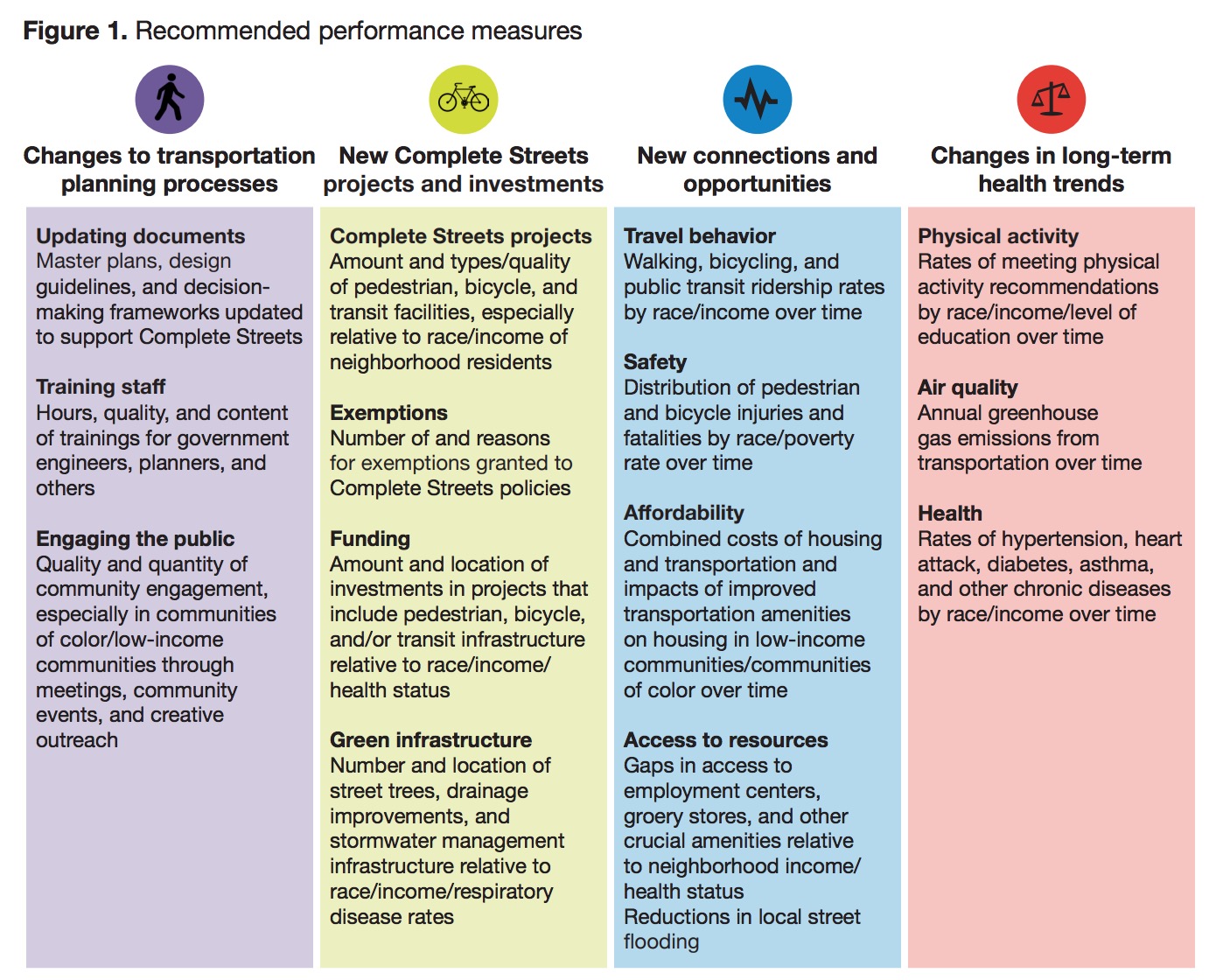
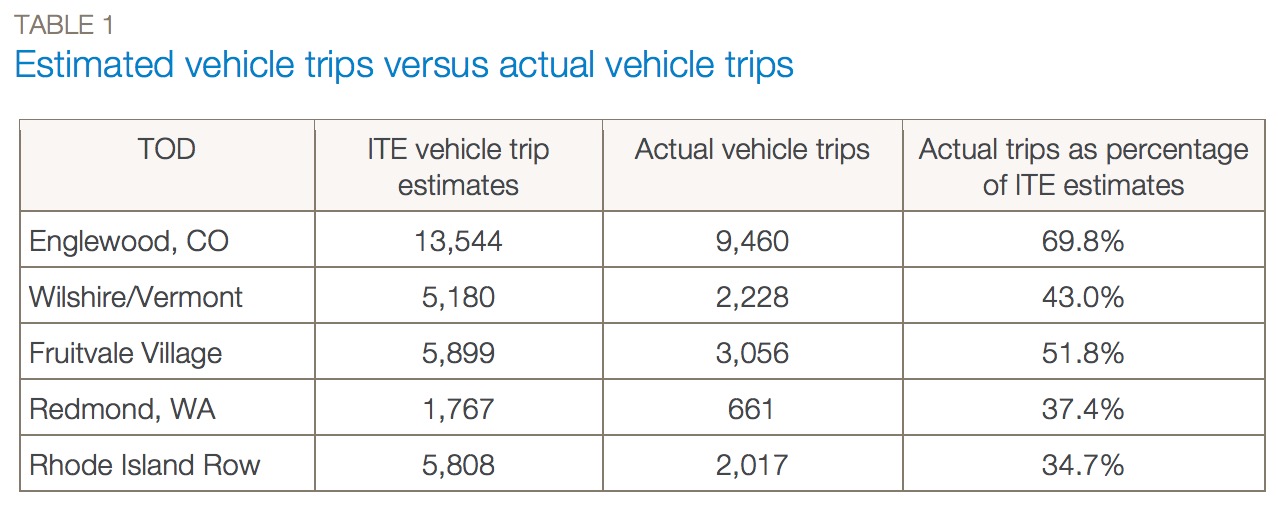
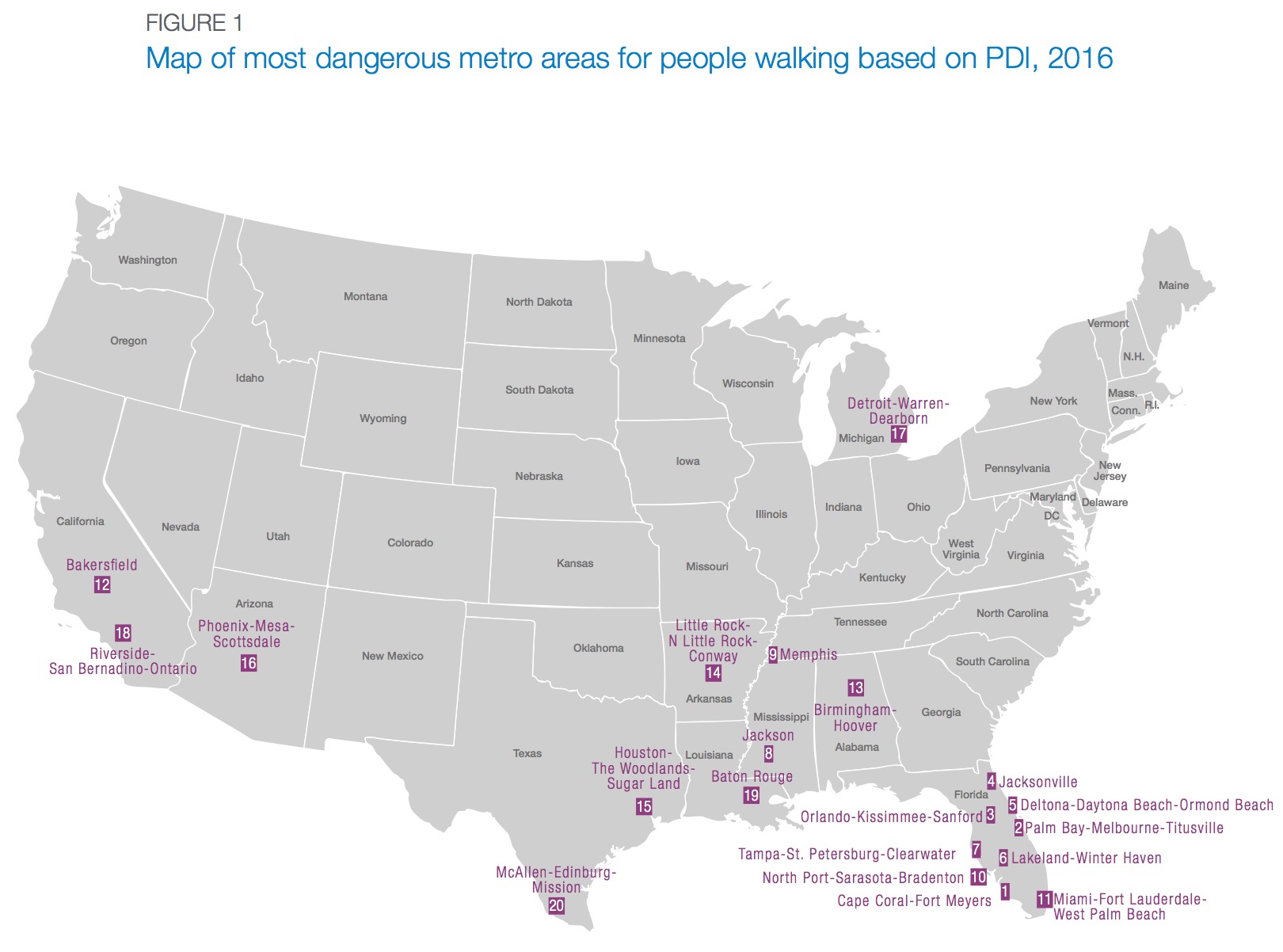
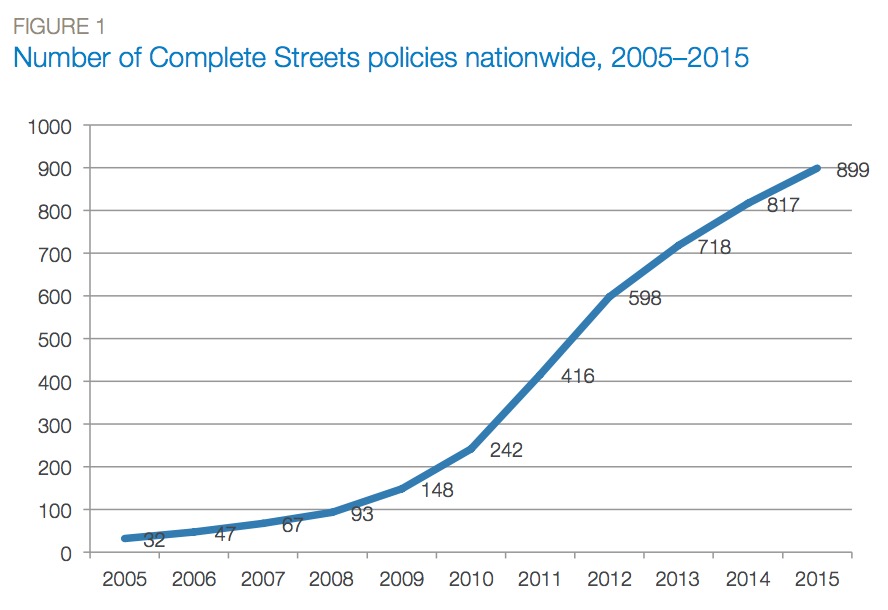
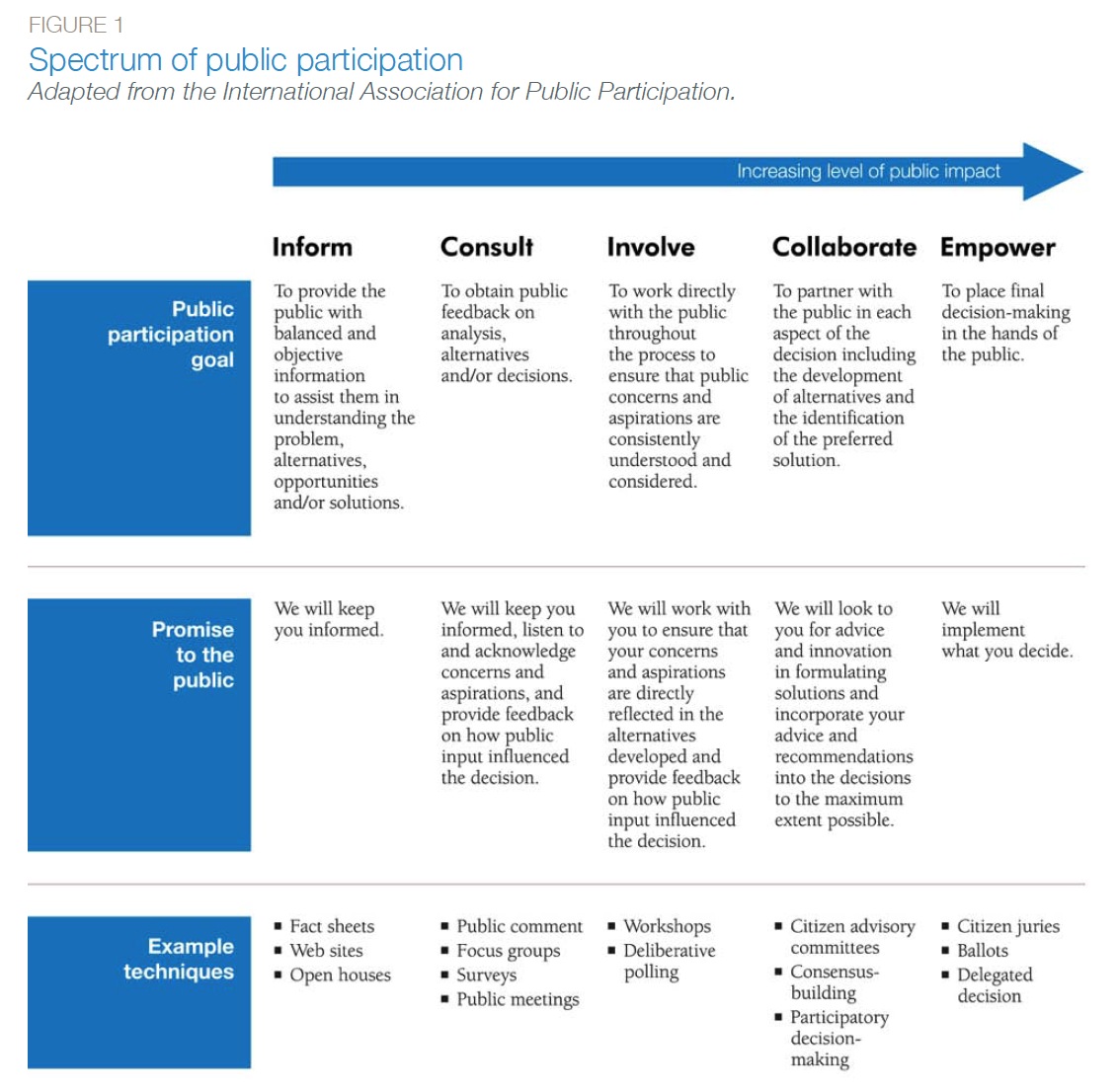

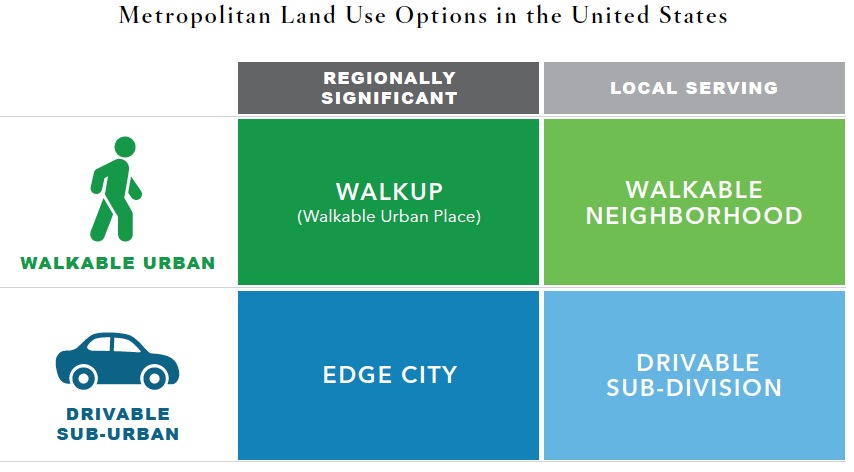

 RSS Feed
RSS Feed